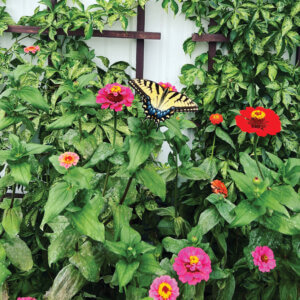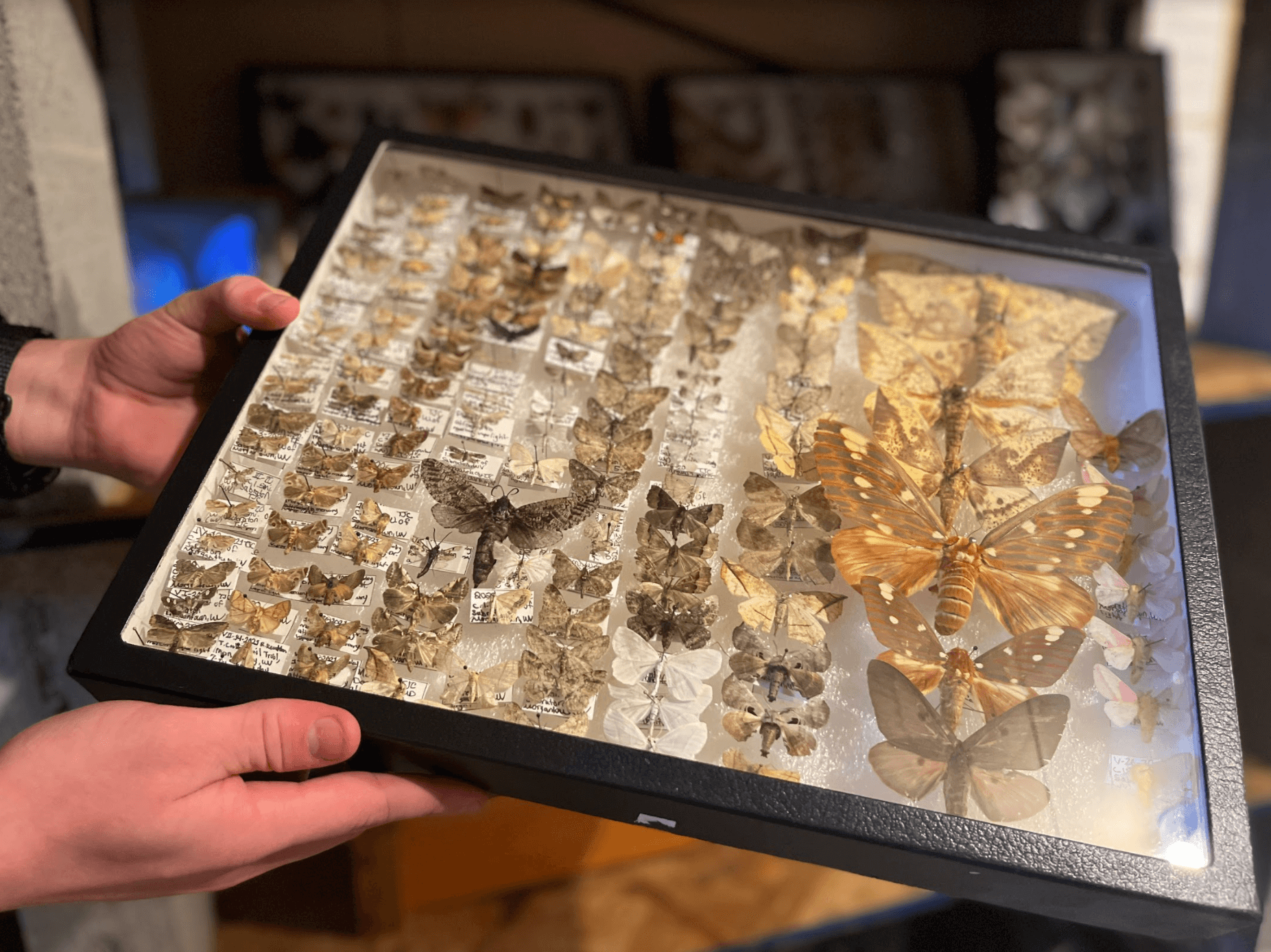
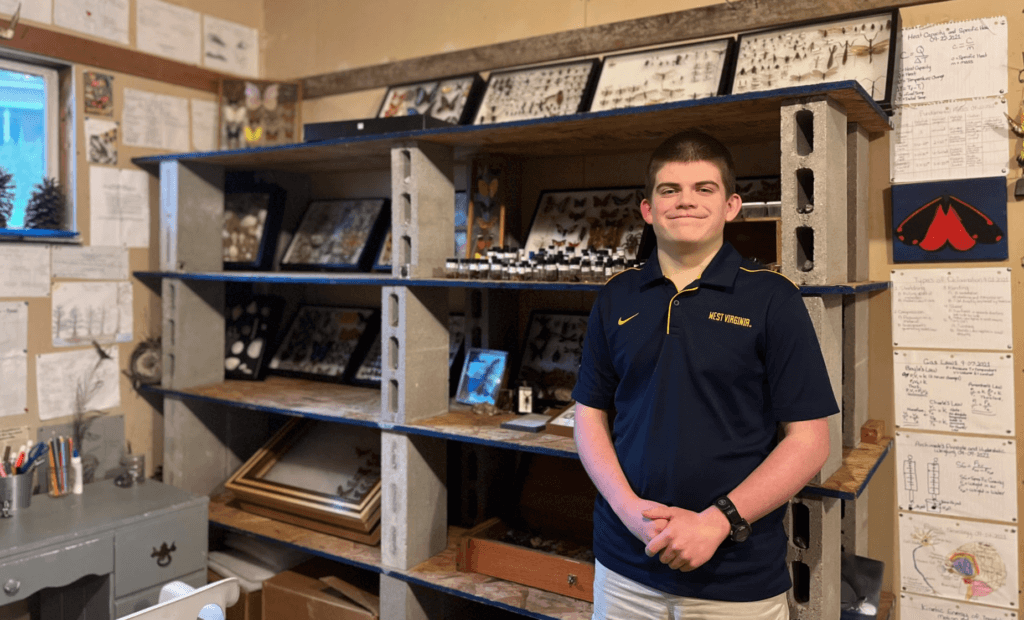
With help from his mentors, a young entomologist will soon publish a field guide on slug moths.
This story was originally published in the March 2022 issue of Wonderful West Virginia. To subscribe, visit wonderfulwv.com
Written by Wendy Holdren
In the southeastern part of Morgantown, atop a winding, scenic hillside in the neighborhood of Sabraton, sits the laboratory of Tucker Cooley. The cement walls of the converted garage are lined nearly from floor to ceiling on all four sides—one features a shelf lined with glass frames full of butterfly and moth specimens affixed inside; another is lined with desks and drawings of the larval stages of moth species; a third is home to a colorful laminated poster of “Butterflies of the World”; and the last has a bookshelf filled with literature on Lepidoptera—the order of insects that includes butterflies and moths—as well as DVDs of ninth grade curriculum.
Cooley is 14 years old, a freshman in his homeschool studies, and already a budding entomologist. In fact, he’s well on his way to publishing his first field guide of findings. Specifically, he’s is interested in a family called Limacodidae, which includes slug moths. Little literature exists on this species, but Cooley has plans to fill the gap.
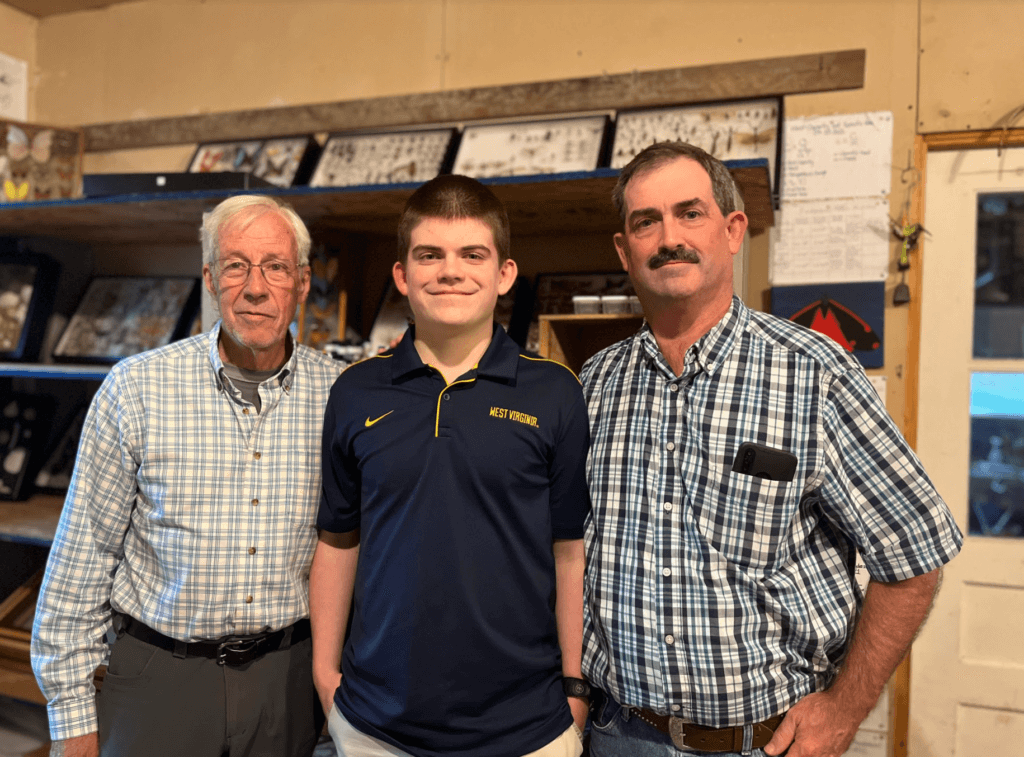
“There’s not much out there, so this will be a significant contribution to identifying fauna of West Virginia,” says Richard Reardon, one of Cooley’s mentors. Reardon retired from the United States Department of Agriculture and spent a majority of his 53-year career in bio-control with gypsy moths and other forest pests. He knows the Limacodidae well. “I’ve talked to folks from the West Virginia Division of Natural Resources and they’re interested in getting this publication to State Parks and to the general public.”
Slug moths get their name because of the way their caterpillars move. Generally, caterpillars have 16 legs—six thoracic and 10 abdominal. Slug moth caterpillars have six thoracic legs, but they’re reduced in size and they have no abdominal legs. Rather, they have one united foot, which moves in a slug-like manner. They can be found in dry habitats and their caterpillars prefer to feed on oaks. There are roughly 22 species in his home state of West Virginia, and 1,700 species worldwide. “Most of them are quite common,” Cooley says. “It just surprises you the things that are so common that are so rarely noticed by people.”
A Tour of the Lab
“There are a lot of aspects to cover,” the well-spoken young man says as he walks around his lab, a converted garage space that used to belong to his grandfather, just a few minutes’ walk from his house. Cooley rattles off the scientific names—and spellings—of his specimen with ease. His brain is an encyclopedia of butterflies and moths—both from what he’s learned from studying and from his own research in the field.
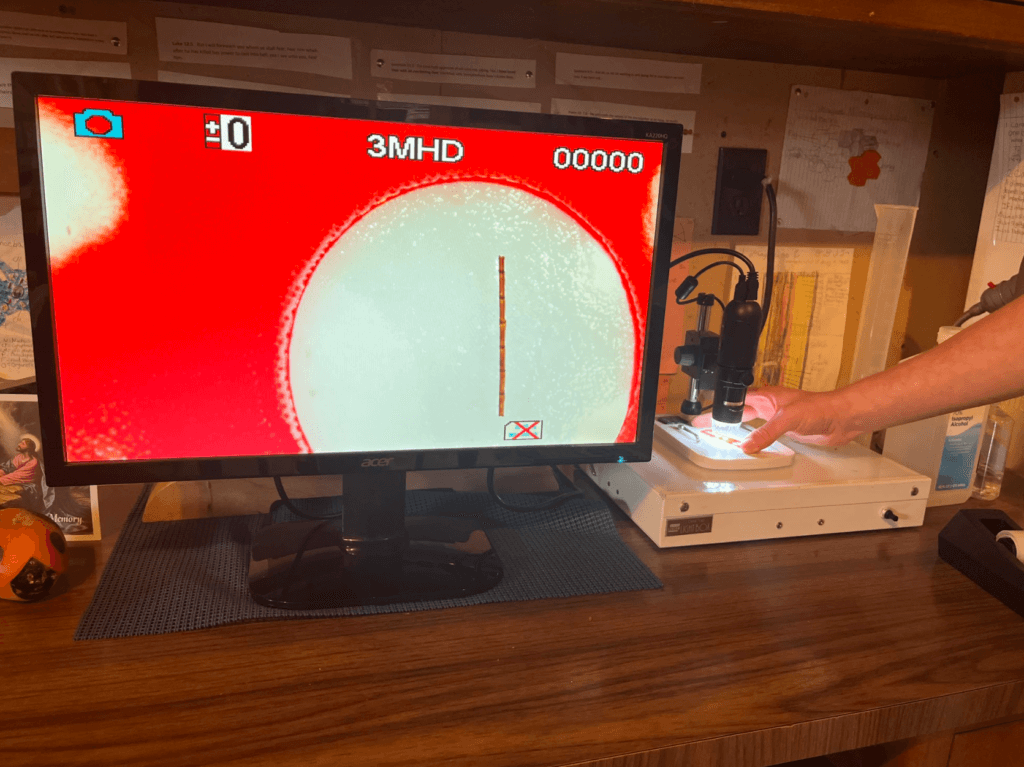
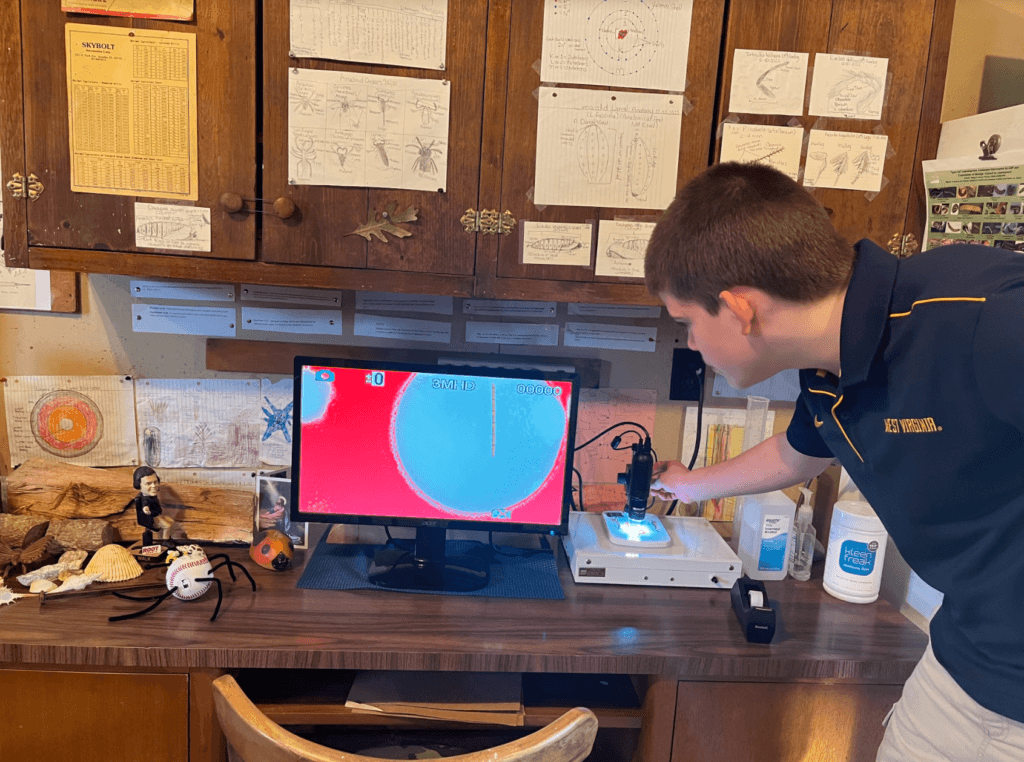
Along the back wall of his lab sits what he considers his most useful tool for caterpillar observation—a digital microscope connected to a monitor which he uses to scan and capture close-up images of his specimens. From his desk drawer, he pulls a sleeve of slides to demonstrate the tool’s effectiveness. Everything in the lab has its place, down to the plastic storage containers where Cooley hatches caterpillar eggs.
“This is the caterpillar-rearing station,” he explains. On the wall behind the station are a number of drawings, mostly black and white, by Harrison Dyar, one of the first scientists to study slug moths. “He did a masterful job documenting the stages of the larvae,” Cooley says, pointing out a few other varieties included in the drawings.
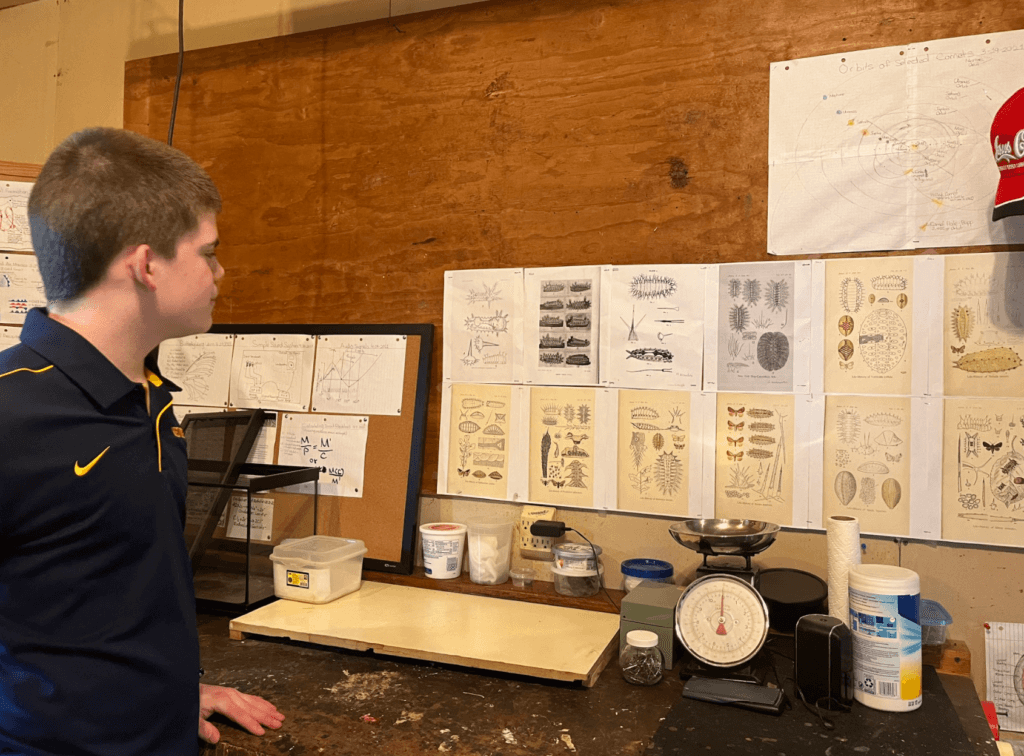
Cooley collects both caterpillars and adults, usually by means of light setups. Adult moths are fond of light, though he says the reasons are unknown. “They can see the UV rays emitted, such as mercury vapors and black lights.” The sex of the species can usually be determined by their size or antenna (females are typically larger, and males typically have featherlike antenna). Once he has identified a female, Cooley collects the moth, places it in a covered, dark, smooth walled container. After a few nights, ensuring the humidity is at an appropriate level, the female will have laid eggs. For slug moths, their eggs are flat and incredibly small, less than 1 mm long.
“If you have eggs, you can rear caterpillars,” he says, “but it’s a painstaking process to get from incubation to mature larvae.” Most take a month or two, but seeing the process from start to finish is quite miraculous, Cooley says. “Metamorphosis is a true miracle. The more I do it, the more I see how wonderful and complex it is. I am what you would call a creationist scientist. I give God the glory for all I study here, and the more I study, the more I’m convinced these things couldn’t arise from chance.”
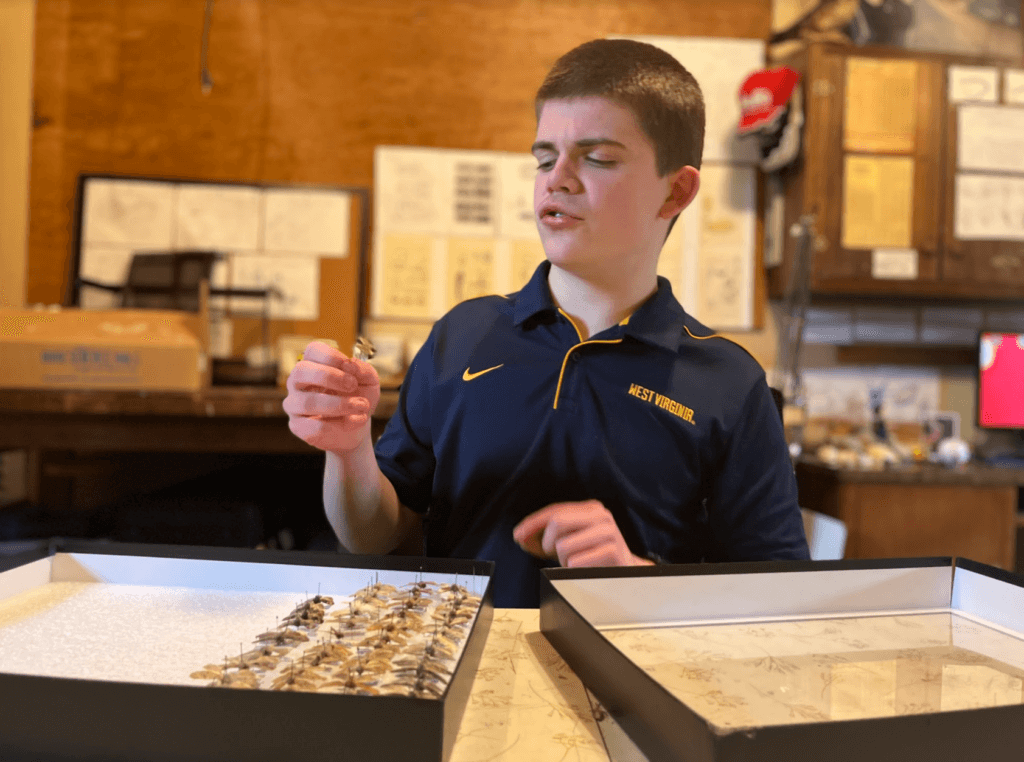
Depending on the species, his hatchlings will need to feed on a host plant. Cooley explains that West Virginia is a biologically diverse state, which makes it a great home for many species. “This is a wonderful state,” he says, who was named for the county of the same name in the Mountain State. “I couldn’t live anywhere better in my opinion.”
How It All Started
As part of his homeschool curriculum, he had a science lesson on entomology roughly four years ago with a section on insects. “Before insects, I was really into oceanography,” Cooley shares. Living in a landlocked state prevented him from seeing his interests up close. Then came entomology. “These insects, as I read, are residents of this state—things I could actually study, creatures I could actually watch.” He began observing ants, then beetles, and later dragonflies. He started researching best collection methods as his interest in insects grew.
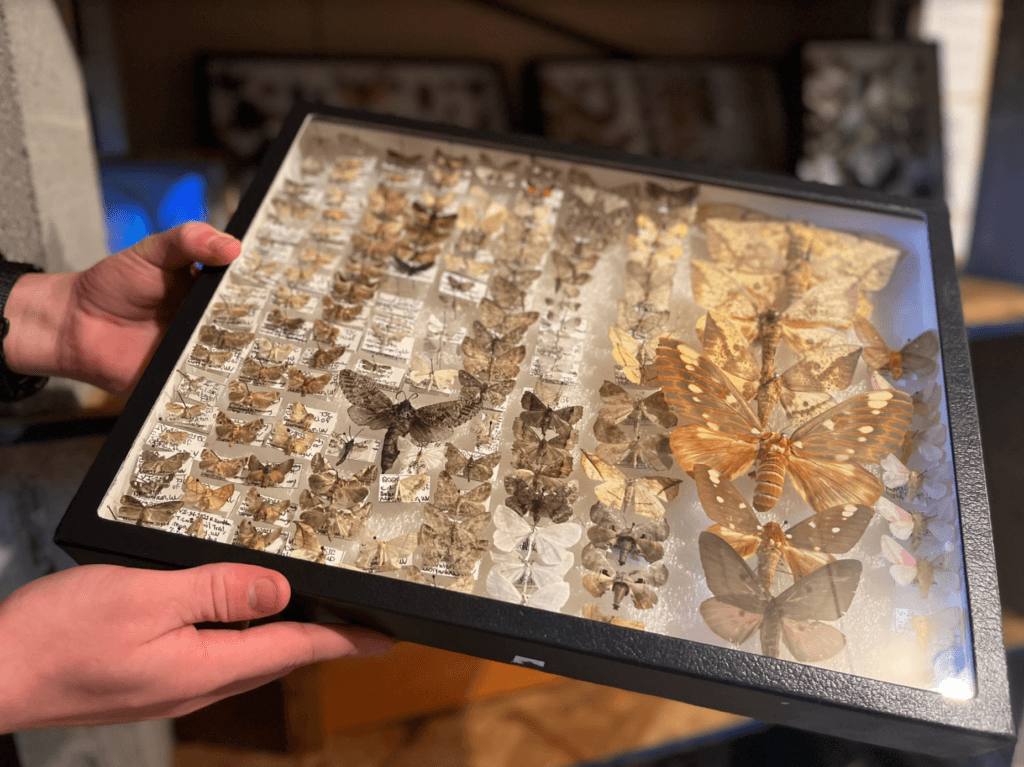
In 2018, he began collecting specimens, mounting insects into glass display cases. He continued his casual hobby until early 2020, when he decided to join the West Virginia Entomological Society during a meeting in the Cheat Lake area. Enthusiasts from all across the state and even surrounding states join the meetings to present their findings. At that January meeting, Cooley was awestruck by a green cylindrical sugar bait trap created by Leroy Koehn. One of his mentors and fellow church members, John Field, bought him the trap so he could continue his hobby with greater success at collection.
“I started to experiment with that, and from Mr. Koehn, I learned that moths are attracted to anything sweet, so I came up with my own special formula—two apples, a banana, a cup of sugar, and a cup of water,” Cooley says. “There was six inches of snow on the ground that January, but I collected 43 moths.” With a more successful trapping mechanism, his curiosity was further piqued. He then dove, head first, into the world of butterflies and moths.
Growing His Network
Field, who owns property near the West Virginia Botanic Garden, happened to know Richard Reardon from his work with gypsy moths. Field introduced Cooley to Reardon—the three collectively call themselves “The Moth Busters”—and Reardon has arranged for Cooley to meet a host of other experts in the butterfly and moth field.
“When I was introduced to Cooley, I saw him as a shining star,” says Reardon. “I saw the potential in his interest and knowledge level. I wanted to help him move forward with his interest. Every place Cooley’s been, he’s been a hit. When you first say you’re coming with a 14-year-old, the usual response is like, ‘Yeah, yeah,’ but when they meet Cooley, they’re so impressed with his knowledge.” Reardon says the experience has been great for him, too, helping connect a youngster to a field with which he’s been so passionate about himself.

Throughout his career, Reardon has been involved with roughly 100 publications with the U.S. Forest Service. The idea was to take scientific information and present it in a format that the public or even land managers could use. Reardon suggested Cooley write a publication on slug moths and the two have already connected with an editor. “It will be a good opportunity for Tucker, but a lot of people will benefit from the publication.”
Reardon says there’s a true interest in butterflies and moths. He once printed 300 copies of “Caterpillars of the Northeast,” thinking it would be too many. Several years later, more than 3,000 copies had been printed due to its popularity. “I know the slug moth will be popular because of how unique they are.”
What’s Next
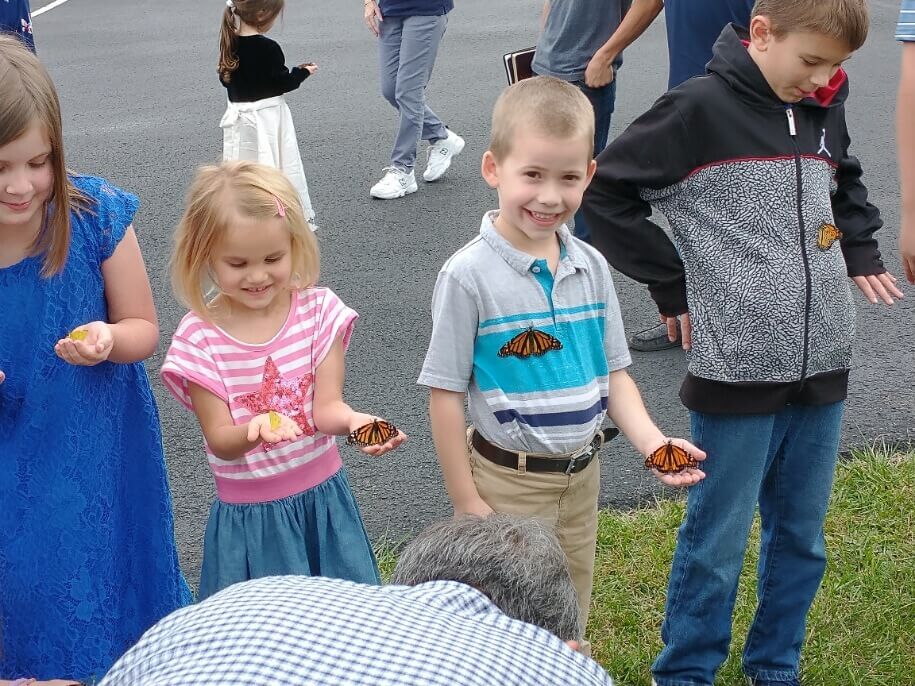

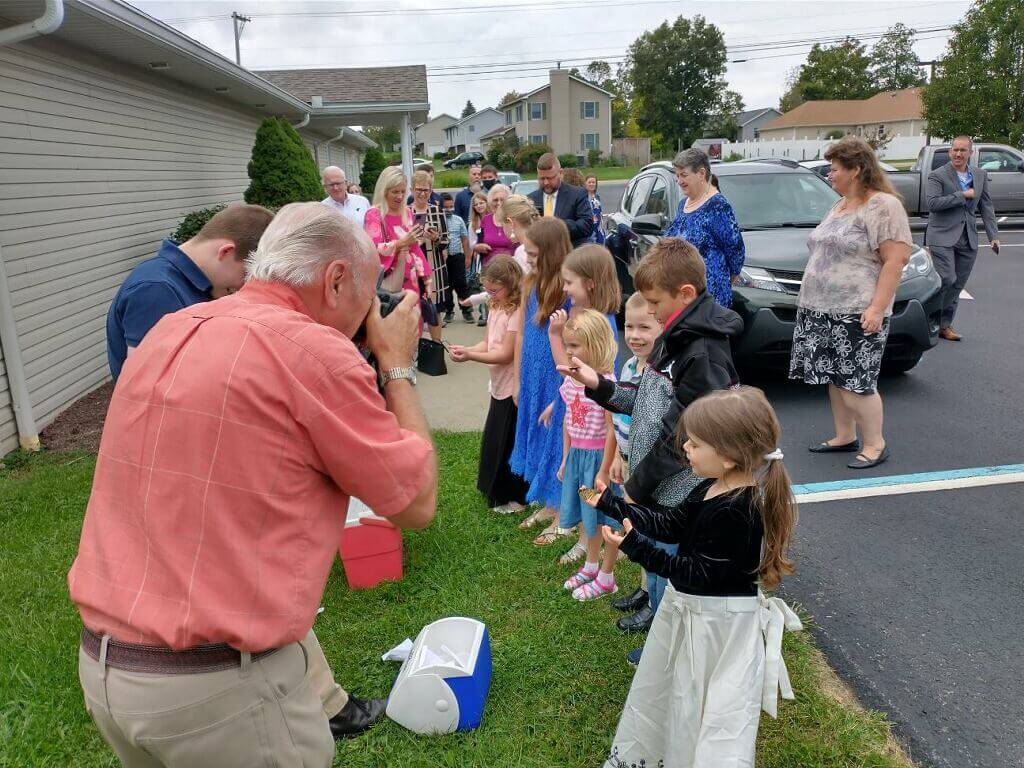
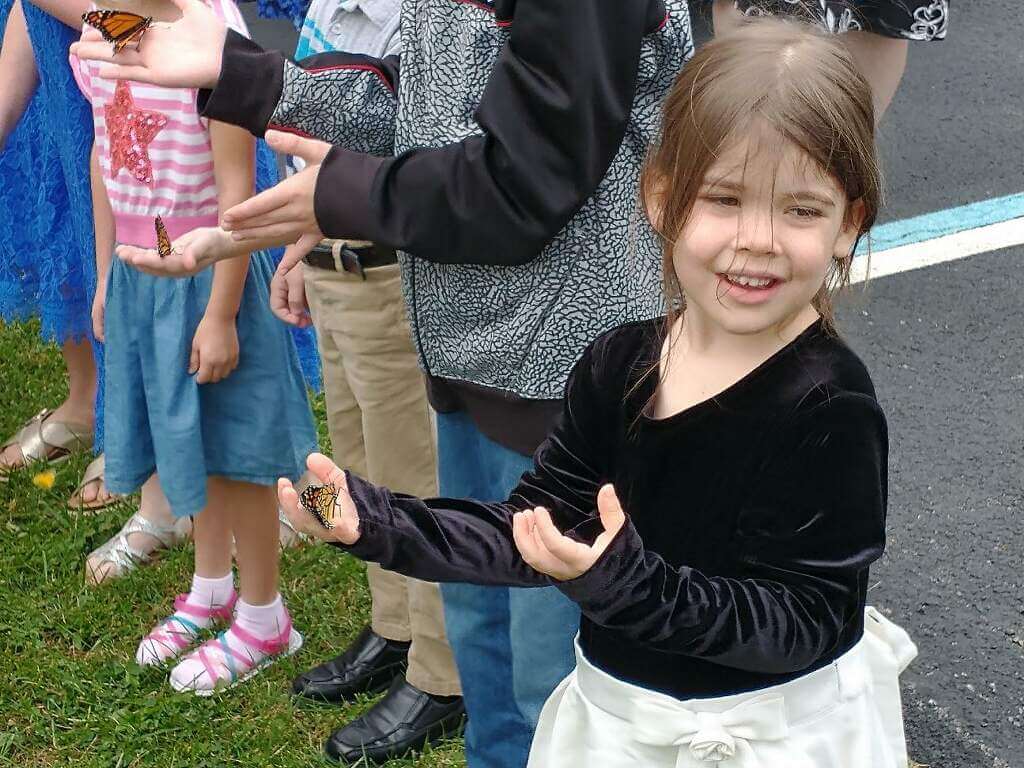
Cooley says he plans to pursue his degree in entomology at West Virginia University. After that, he plans to continue his education at the master’s level. While he is hopeful to contribute to the knowledge base about the slug moth species, his main goal is to help people develop an appreciation for the creatures in the world around them.
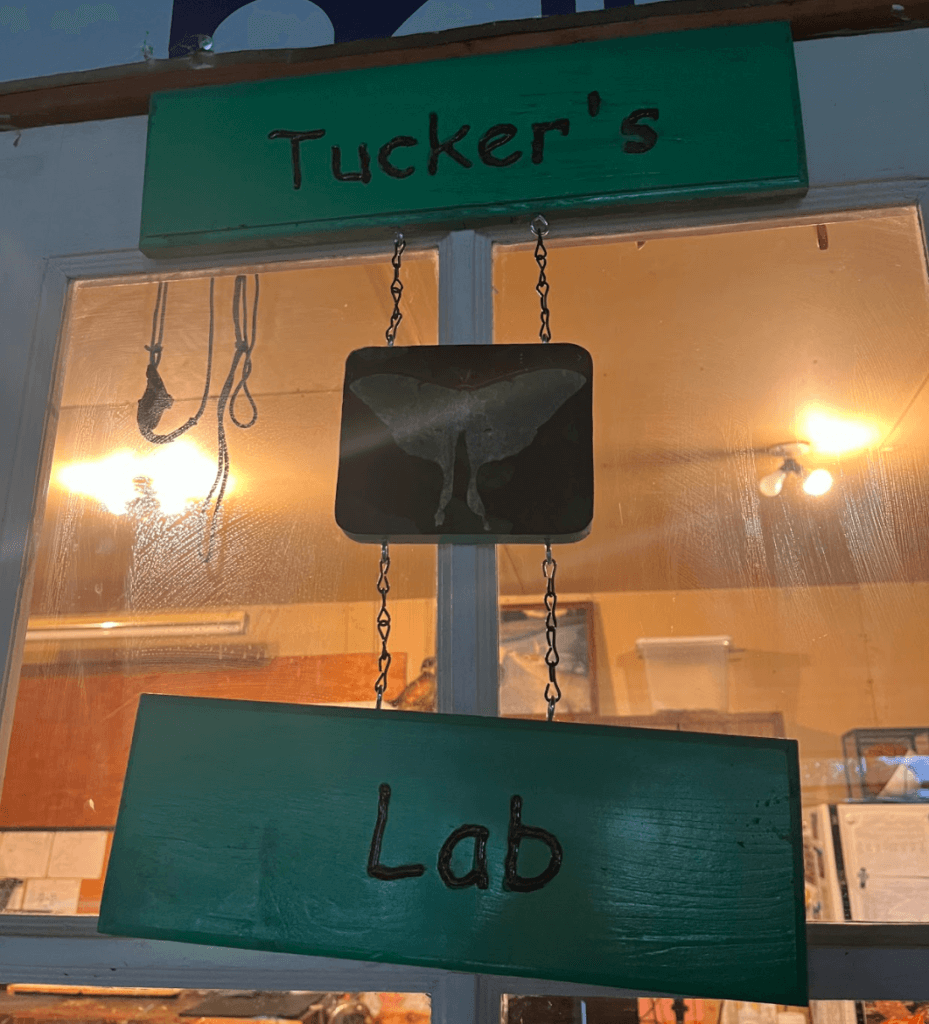
He teaches Children’s Church at Morgantown Bible Church, where his dad Jim is the pastor. He even connects his interest in butterflies and moths to his teaching. “We had a seminar called ‘God’s Glory and Slug Moths’,” Cooley says with a laugh. He’s also presented a seminar at the Botanic Garden, and he assisted with a moth night at the WVU Core Arboretum.
Reardon and Cooley anticipate his publication on slug moths to span more than 100 pages and will be released in the summer of 2022. He’s already getting offers for additional projects, too. “He’s always been bright,” says his father Jim Cooley. “But to see him go so far so fast has been amazing to me. We’re thankful for all those who have helped him along the way. He’s blessed to have their help. It really feels like this is God’s route for him in life, and we’ll be behind him all we can.”





